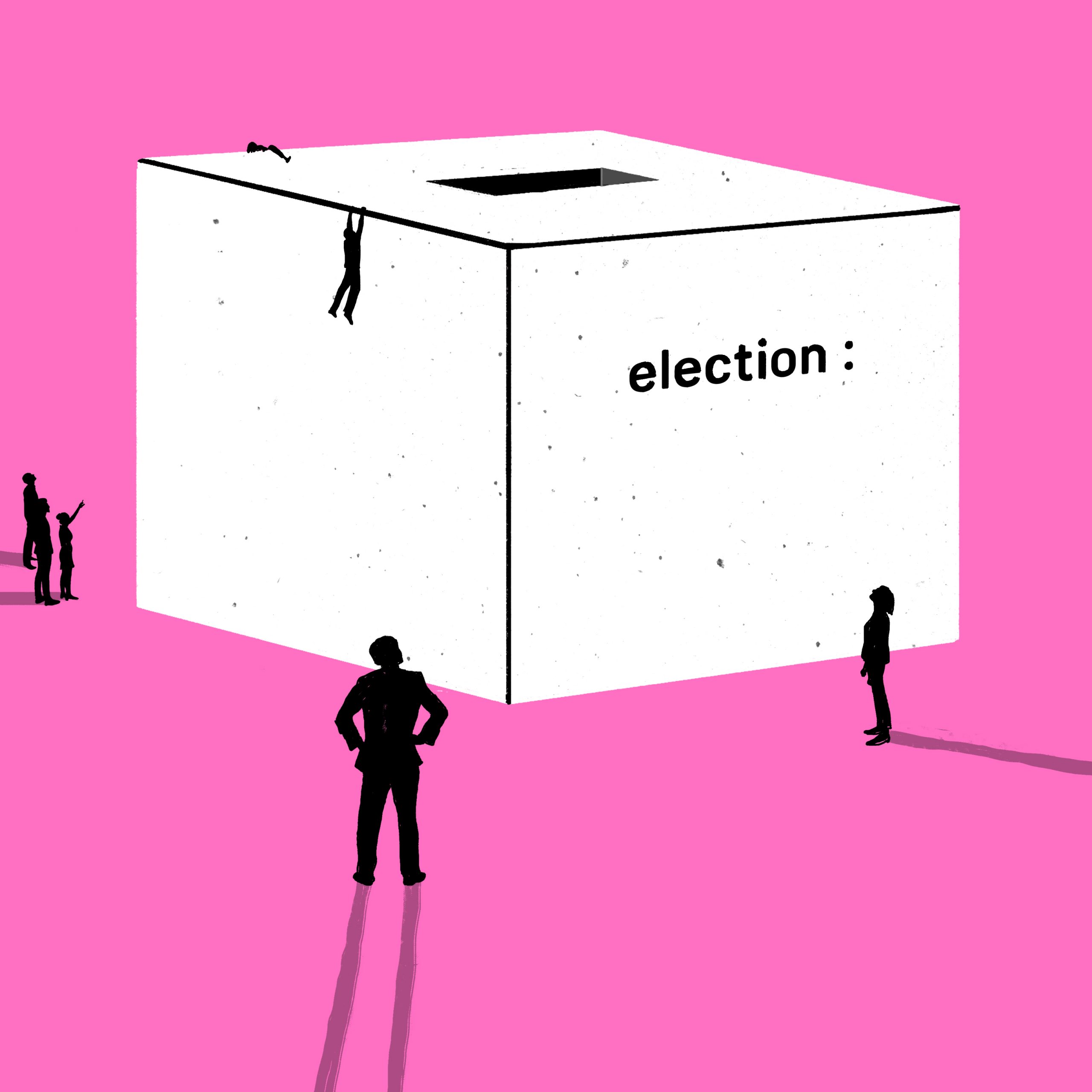
by Amrita De
In a rare 2013 interview, right after his official election as the 2014 prime ministerial candidate for the BJP (Bharatiya Janata Party), Reuters spoke to the then head of BJP’s election campaign, now twice-elected prime minister of India—Narendra Modi. On being asked whether he regretted the Gujarat riots that had claimed over two thousand Muslim lives during his term as the state’s chief minister, he said: “If someone else is driving a car and we’re sitting behind, even then if a puppy comes under the wheel, will it be painful or not? Of course, it is. [Whether] I’m a chief minister or not, I’m a human being. If something bad happens anywhere, it is natural to be sad.”
This lackadaisical comment had then sparked widespread outrage from his political opponents, who demanded accountability and apology from Modi for the deaths during the riots. The Gujarat riots were amongst the worst accounts of communal violence in recent times. Considering all that unfolded after Narendra Modi’s re-election in 2019, one can now retroactively read in his 2013 comment—in his refusal to condemn the violence or take any accountability for what had transpired—a striking precedent for what would become the country’s future direction.
On December 11, 2019, the BJP government, with Narendra Modi at its helm, passed the Citizenship Amendment Act (CAA), which provided citizenship for immigrants from the neighboring countries of Afghanistan, Pakistan, and Bangladesh, on the condition that they were not of Muslim ethnicity. This act must be seen in tandem with the National Register of Citizens (NRC), which cast into doubt the citizenship status of many Indian Muslims while granting immunity from deportation to non-Muslims under the CAA. For the first time in Indian history, legislation directly challenging the secular fabric of the Indian constitution was put into motion.
September 2013 : Narendra Modi is named prime ministerial candidate for the 2014 general election. He had previously served as the chief minister of the state of Gujarat from 2001 to 2014. His nomination is met with opposition from older BJP leaders like L.K. Advani, but other important party members rally behind his candidacy.
In the months leading up to the 2014 general election, media conglomerates play a significant role in Modi’s affective branding as a popular strongman leader who stands for bold policymaking. His successful Gujarat model—shorthand for neoliberal classed consumerism—is his campaign’s key selling point. The religious-political ideology of Hindutva, with its end goal of forming a Hindu nation, remains a significant part of the campaign, alongside Modi’s developmental goals. However, the party decides to concentrate more on the developmental agenda.
May 2014 : Narendra Modi wins a massive mandate. The BJP party becomes the first party since 1984 to garner 31 percent of the seats on its own. The impact of BJP’s victory is significant, as it registers a shift in India’s parliamentary democracy towards US-style presidential elections won through careful individualistic branding.
2 October 2014 : On Mahatma Gandhi’s birthday, Modi announces a massive cleanliness drive, the Swachh Bharat (Clean India) campaign. The goal of this campaign is to eliminate open defecation and promote solid waste management. There are many reports on the deployment of coercive methods to eradicate open defecation. The large-scale movement ignores labor and environmental laws and fails to address the issue of entrenched socialized casteism, which is the cause behind open defecation in the first place.
8 November 2016 : Modi announces the demonetization of 500- and 1000-rupee notes. The announcement is made through an unscheduled nationally televised address at 8 p.m. All circulation of 500- as well as 1000-rupee notes are declared invalid as of midnight. Issuance of new 500- and 2000-rupee notes is also announced to replace the demonetized notes. Modi claims that this policy will ultimately wrench out the corruption in shadow economies and expose the use of counterfeit notes to fund illegal activity and terrorism.
The sudden move sends shock waves throughout the country. People stand in large queues to exchange their banknotes. There is a prolonged cash shortage, which is detrimental to the functioning of a large informal economy. Many suicides of poor farmers and small-scale business owners follow this announcement. At a granular level, this unplanned move, which has since come to be representative of the 2014 Modi administration, reflects the lack of concern for India’s unregulated informal working-class population. There was no available infrastructure to support poor people, whose lives were upturned in a single fell announcement. The demonetization drive has been regarded by many major economists, including Nobel Laureates Amartya Sen and Abhijit Banerjee, as a devastating blow to India’s hitherto fast-developing economy.
1 July 2017 : In another complicated act of legislation, the goods and services tax (GST) comes into effect through the 101st constitutional amendment. The GST is meant to replace a slew of indirect taxes with a central tax to revive the Indian economy. However, like the preceding demonetization legislation, this too receives tremendous criticism from well-known economists. Small-scale industries and business owners are primarily affected by this legislation. The World Bank’s 2018 reflection on the Indian economy pointed out that the GST was too complicated, too imbued in administrative processes, and flawed with respect to its goals. They also indicated that the 28% tax rate under the new GST legislation was the second-highest in a sample space of 115 countries.
May 2019 : The 17th Lok Sabha general election concludes. The BJP party, under Modi’s leadership alone, wins 37.36% of the votes, increasing its vote count from 2014. In a massive mandate, Modi is re-elected to his second term as prime minister. Largely abandoning the developmental rhetoric of 2014, in the wake of massive economic unrest since the demonetization and GST legislation, the BJP party now shifts to hardline Hindutva politics. This massive mandate can be read as a referendum in favor of Hindu religious nationalism. Most of the talking points in the 2019 campaign manifesto are governed by an explicit exhortation to Hindu-centric values, the end of which being the formation of a Hindu Rashtra (Hindu nation). The Kashmir issue, the citizenship issue—all that will follow his re-election—have been key talking points during the 2019 election campaign.
5 August 2019 : The government of India revokes the special status of Kashmir, the only Muslim-majority state in India. The special status granted under Article 370 of the Indian constitution had previously provided limited autonomy to Jammu and Kashmir. The larger part of Jammu and Kashmir was under the control of the Indian government. However, some portions had been under dispute from India, Pakistan, and China since Independence in 1947. The revocation of special status is followed by a complete lockdown for several months, leading to a complete breakdown of all modes of communication in the Kashmir valley. Known politicians from the opposition, including the chief minister of Kashmir, are placed under house arrest. Journalists are not allowed to enter the valley. Protesters from the valley could not register their dissent because of the complete clampdown on all communication lines. By the time of writing this piece, communication lines have been restored, but there is still little national media coverage of the ongoing protests against the revocation of special status.
11 December 2019 : The Parliament of India passes the Citizenship Amendment Act (CAA). The act amends the Citizenship Act of 1955 by providing access to Indian citizenship for refugees from the neighboring countries of Afghanistan, Bangladesh, and Pakistan—but only to those who are Hindu, Buddhist, Sikh, Jain, Parsee, and Christian. The act does not provide such access to Muslim refugees. By undercutting the secular fabric of India’s constitution, there is an explicit mobilization of religion and legislation for the first time. In past election manifestos, the BJP government had promised to provide citizenship to persecuted minorities from neighboring countries, so this legislation was directly connected to the Hindu-centric manifesto, which had won them a majority mandate.
2020 Pandemic : The coronavirus pandemic has exposed the brutal face of the Modi administration: a clampdown on dissent, the merciless prosecution of vocal critics, a knee-jerk implementation of large-scale changes without providing adequate safety nets for poor people. Following the first spate of lockdowns in the United States in March, Modi closed down the economy through another unplanned public announcement. Overnight, millions of migrant workers were left jobless, stranded miles away from their native states. Initially, there was no transport available for them to go back home, so they began walking. Hundreds of workers died due to sheer exhaustion and hunger.
Since November 2020, India has witnessed massive farmers’ protests—some estimates claim the largest ever general strike in history—following three controversial agricultural bills that signal a definitive shift towards corporate neoliberal politics.
Modi’s administration has—through campaign rhetoric that, on the one hand, opportunistically hinges on development and consumer modernity and, on the other, espouses muscular nationalism and religious extremism—generated consensus for a populist religious nationalism that endangers the secular ethos of the nation.

